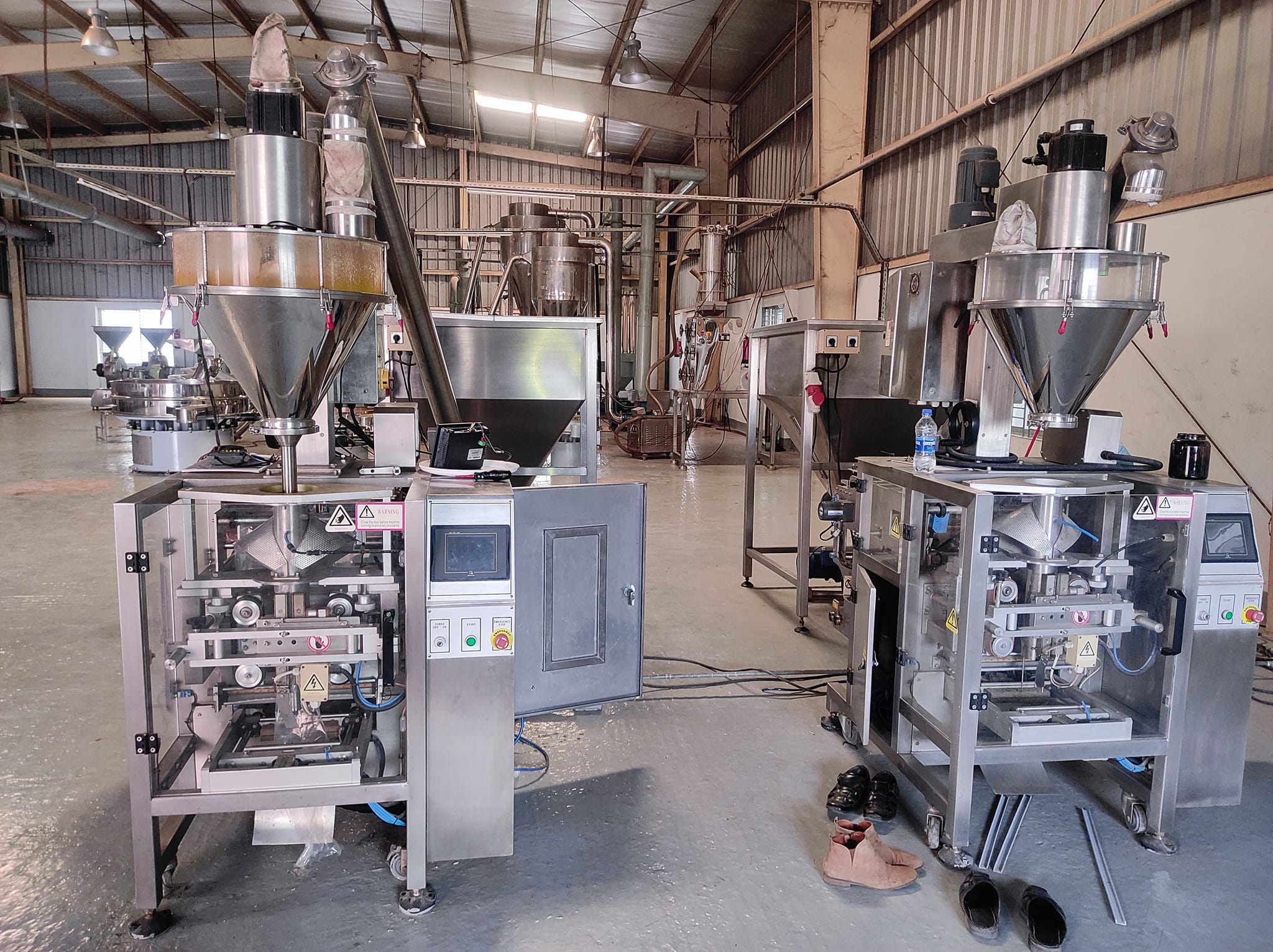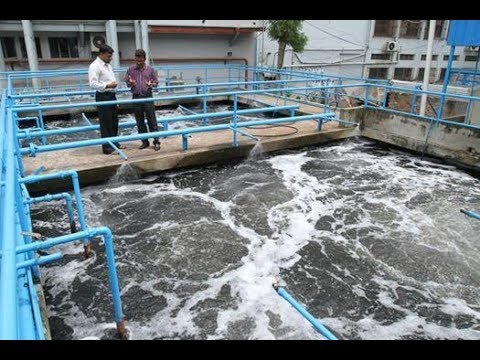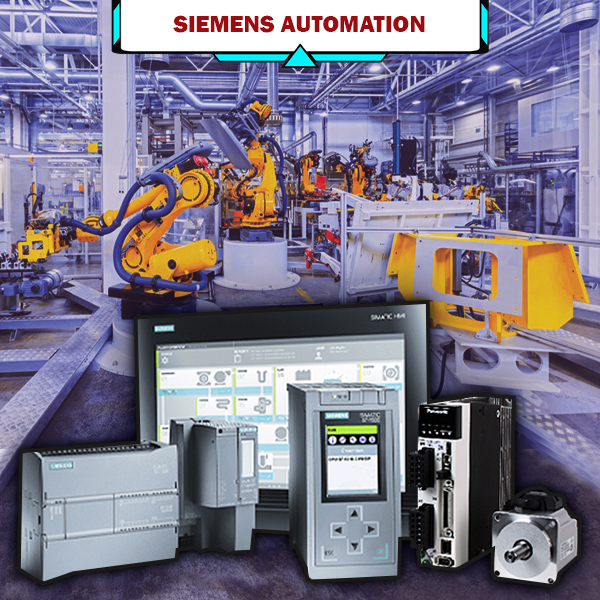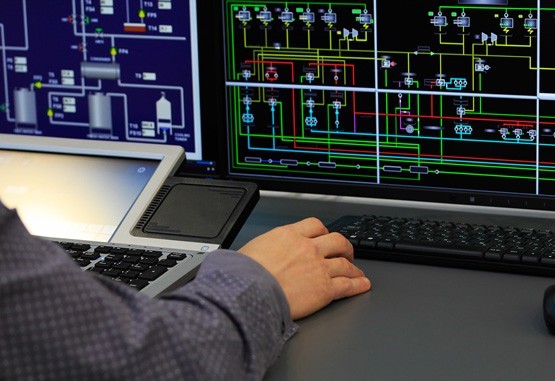Packaging machine automation systems are designed to automate the packaging process in various industries, such as food and beverage, pharmaceuticals, consumer goods, and more. These systems utilize advanced control and automation technologies to optimize efficiency, accuracy, and productivity in packaging operations. Here are some key components and features typically found in packaging machine automation systems: Programmable Logic Controller (PLC): PLCs form the backbone of packaging automation systems. They are industrial-grade computers that control and coordinate the various components and actions of the packaging machine. PLCs receive input signals from sensors, process the information, and send output signals to actuators, motors, and other devices to control the packaging process. Human-Machine Interface (HMI): The HMI is a user interface that provides operators with a visual representation of the packaging machine's status and allows them to interact with the system. Through the HMI, operators can monitor machine performance, set parameters, adjust settings, and handle exceptions or error conditions. Sensors: Packaging machines employ a variety of sensors to collect data and monitor critical parameters. These sensors can include proximity sensors, photoelectric sensors, pressure sensors, temperature sensors, and more. The data gathered from these sensors is used to ensure precise and accurate packaging, detect jams or faults, and trigger appropriate actions. Actuators and Motors: Packaging machines rely on actuators and motors to control the movements and actions required for packaging operations. These can include servo motors, pneumatic cylinders, robotic arms, conveyor belts, and other mechanisms. Automation systems precisely control these actuators and motors to perform tasks such as product feeding, filling, sealing, labeling, and stacking. Vision Systems: Vision systems, including cameras and image processing software, are often integrated into packaging machine automation. They enable visual inspection of products to ensure quality control, check for defects or contaminants, and verify labels or barcodes. Conveyor Systems: Packaging machines are often integrated with conveyor systems for the smooth movement of products through various stages of the packaging process. Conveyor systems can include belt conveyors, roller conveyors, or automated guided vehicles (AGVs) that transport products between different stations, such as filling, capping, labeling, and packaging. Data Logging and Integration: Automation systems in packaging machines can log data related to production rates, packaging quality, downtime, and other key performance indicators. This data can be utilized for analysis, performance optimization, and integration with other systems, such as manufacturing execution systems (MES) or enterprise resource planning (ERP) systems, for efficient production planning and inventory management. The specific features and capabilities of packaging machine automation systems may vary based on the complexity of the packaging process, industry requirements, and specific customization for individual applications.



